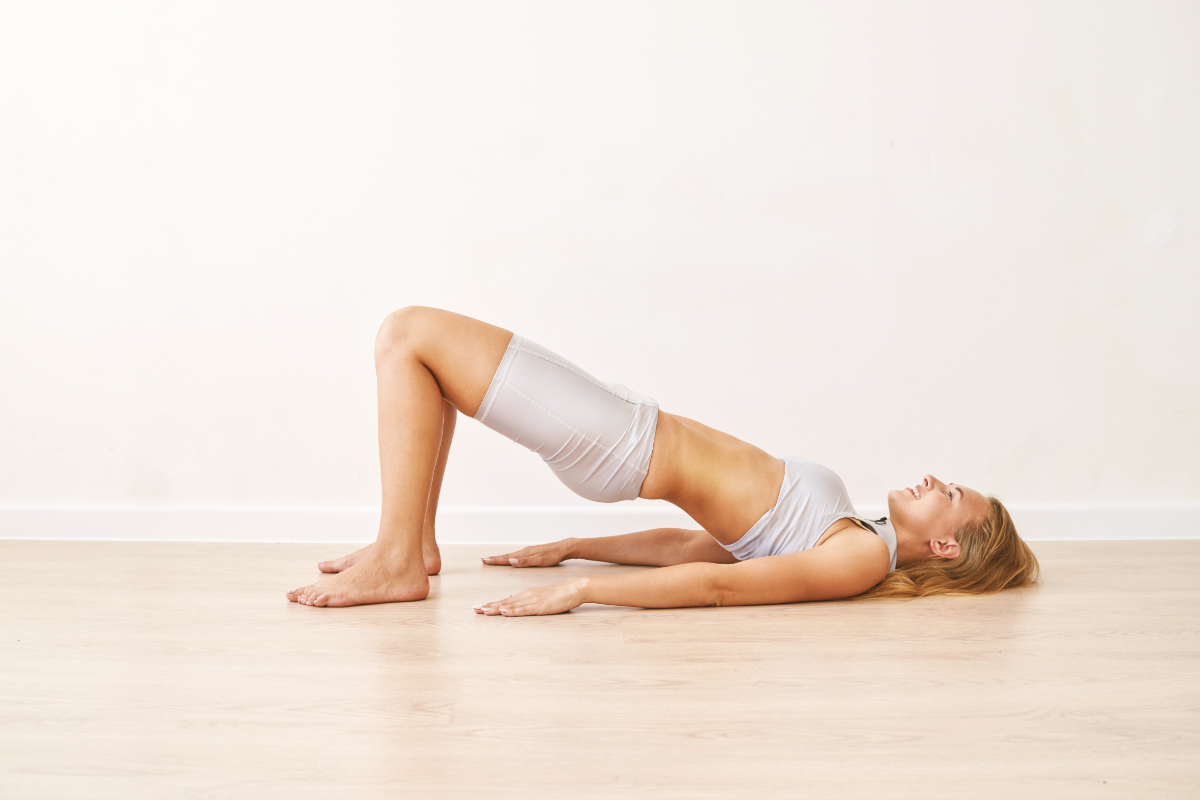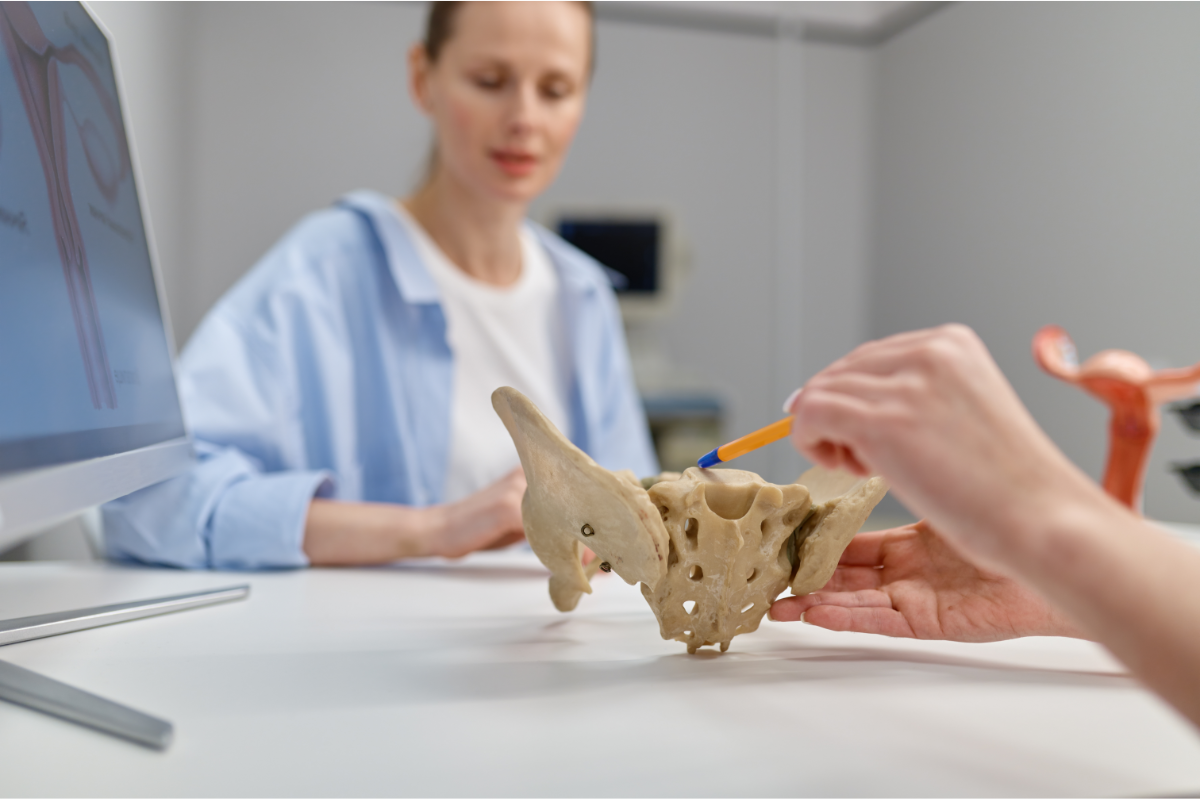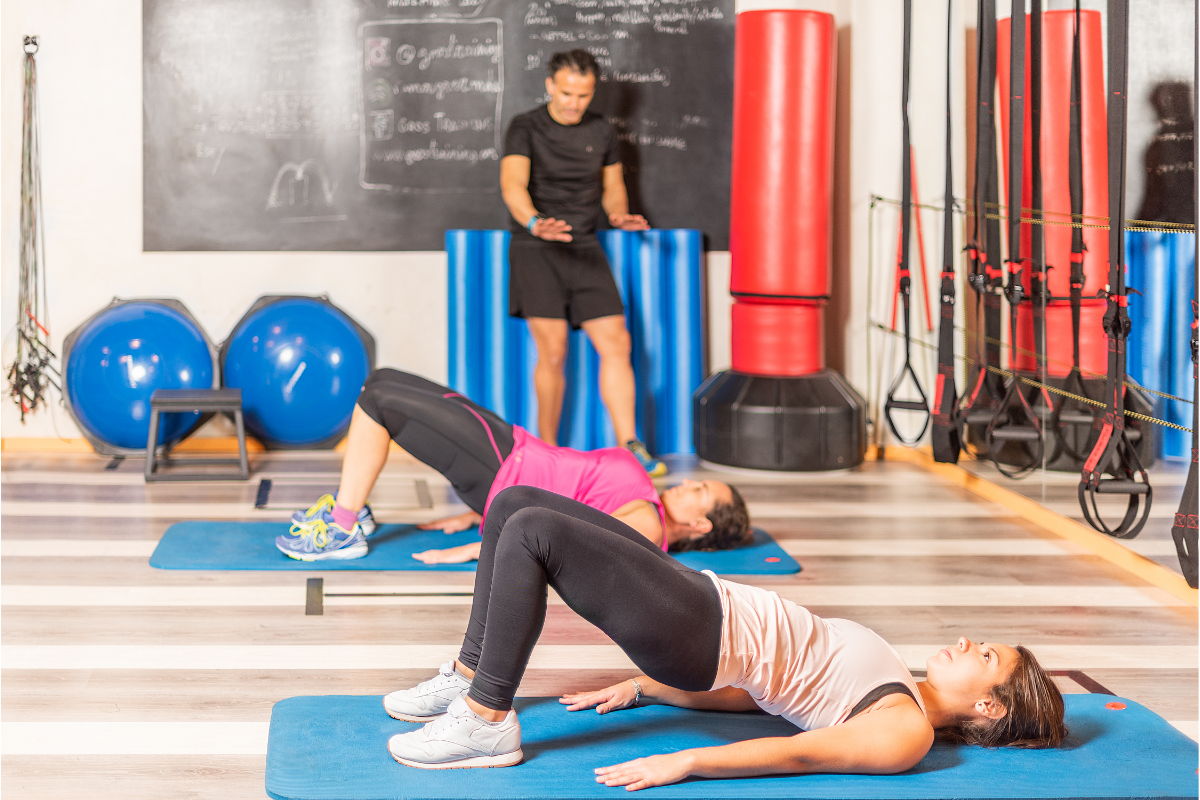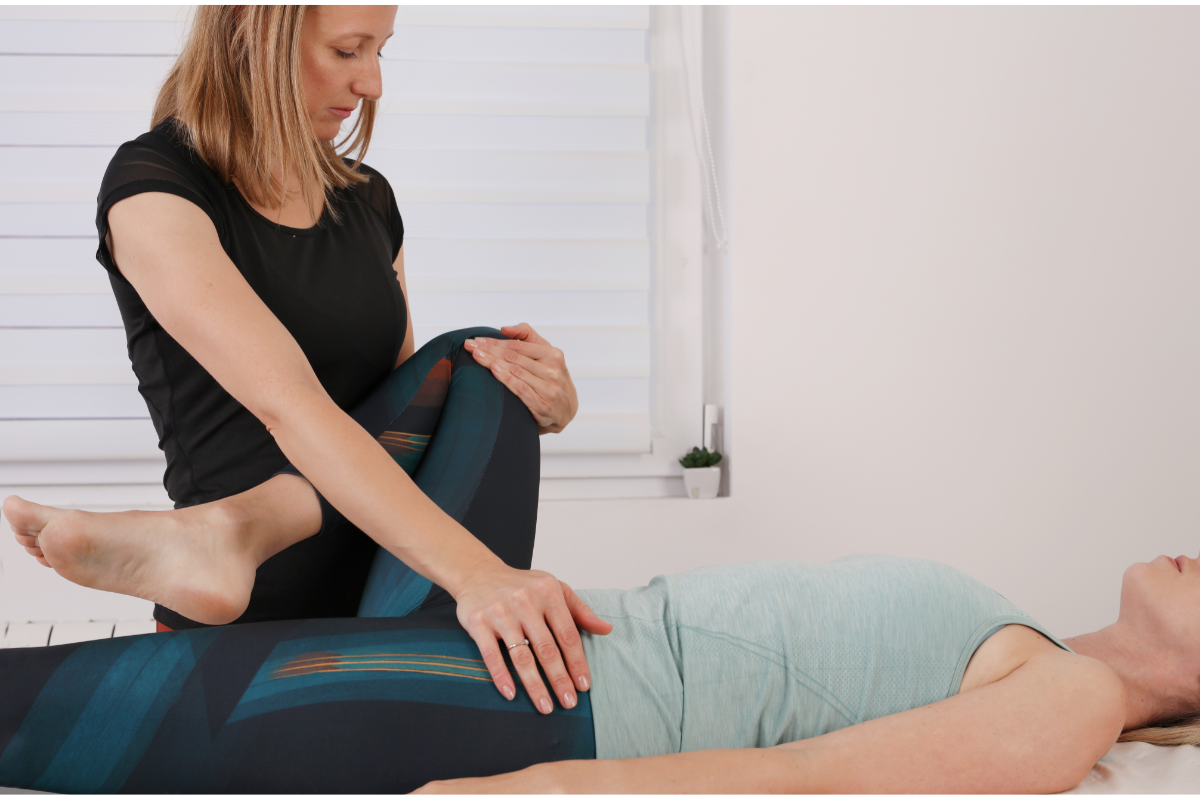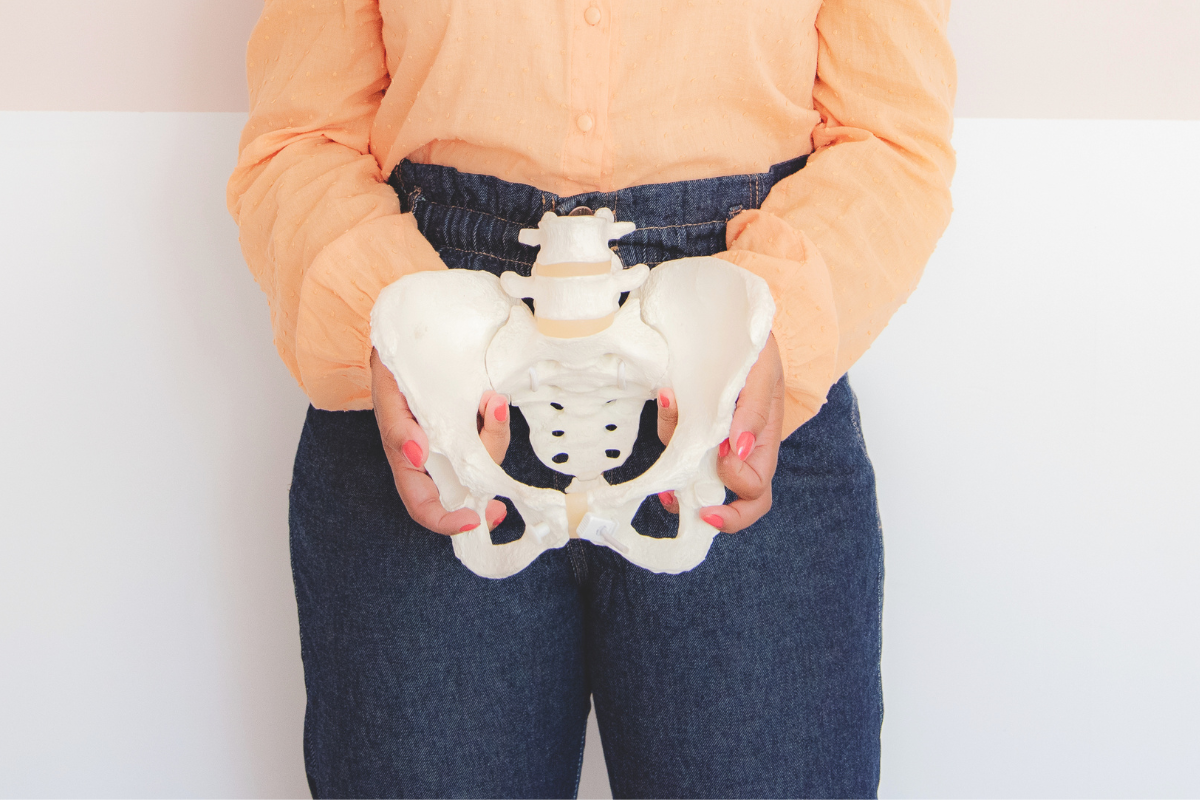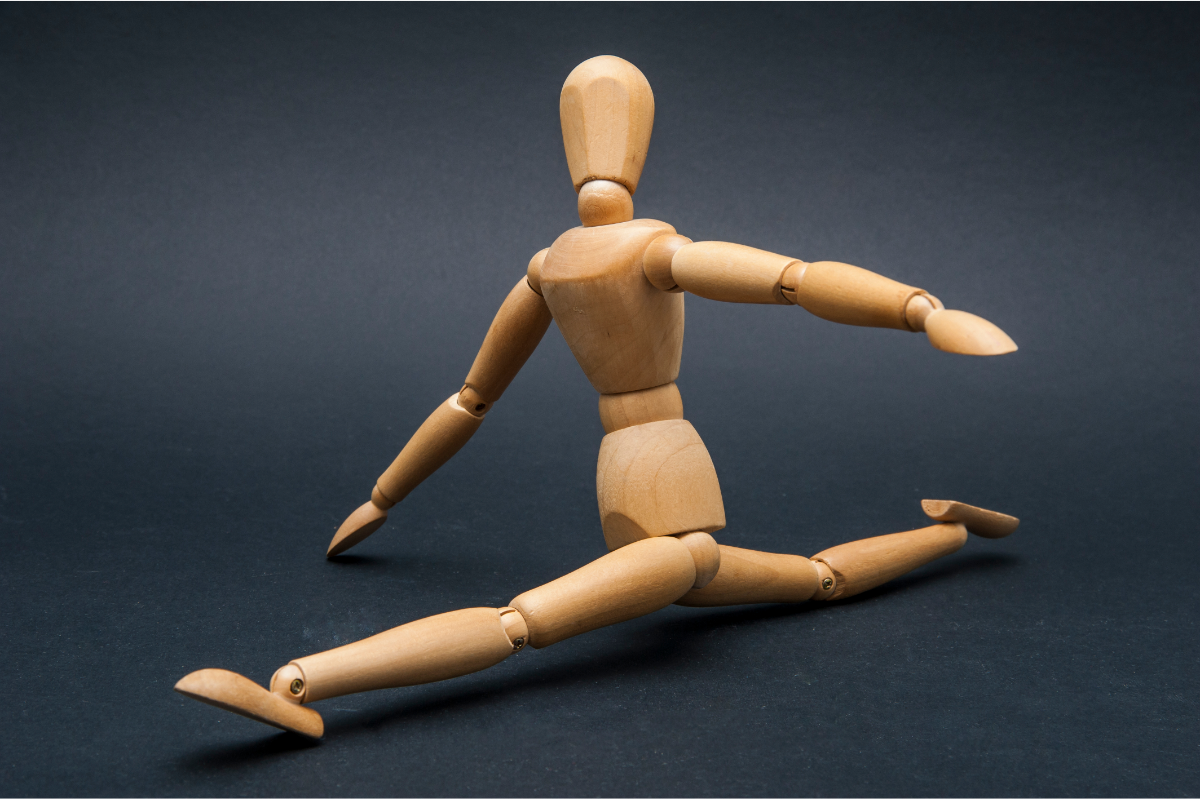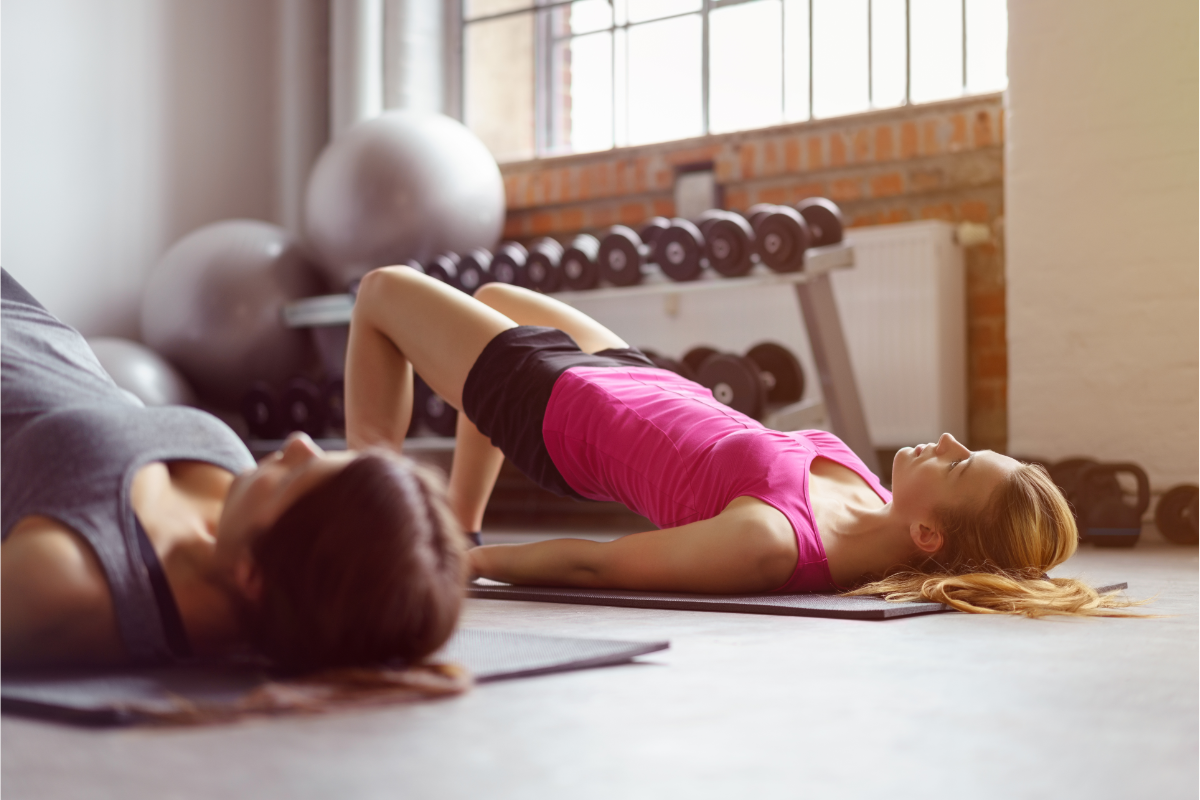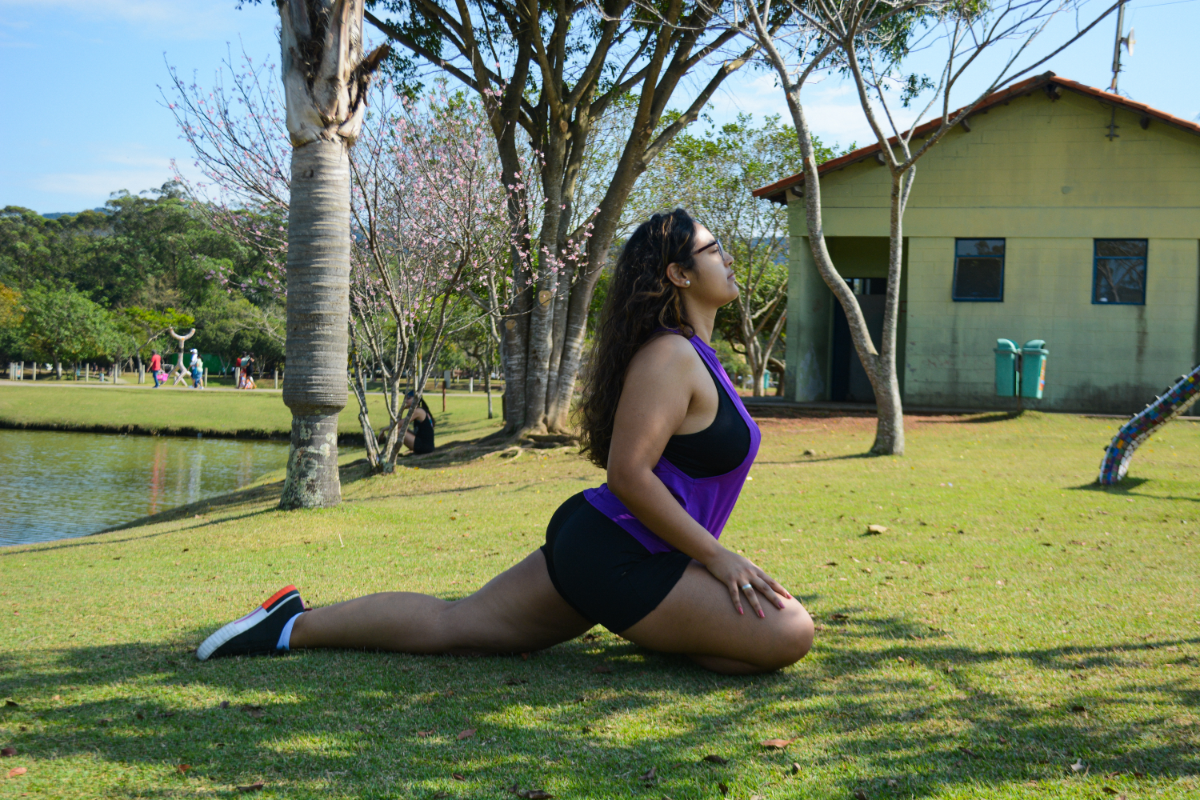Top 10 Pelvic Floor Exercises for Menopausal Women
Menopause is a transformative stage in a woman’s life, bringing a variety of physiological changes, including hormonal shifts that affect the muscles and tissues of the pelvic region. As women enter menopause, the body’s natural production of estrogen declines, impacting the strength and elasticity of muscles throughout the body, including the pelvic floor. The pelvic floor muscles, which play a crucial role in bladder control, bowel function, and sexual health, can weaken as a result, leading to common challenges such as urinary incontinence, pelvic pain, and reduced core stability.
Pelvic floor exercises are an essential strategy to counter these effects, strengthening the core and supporting the bladder, uterus, and bowel. With regular practice, pelvic floor exercises not only help improve muscular tone but also enhance overall quality of life by promoting physical autonomy and confidence. Women who incorporate these exercises into their daily routines are often better equipped to navigate the physical demands of menopause, easing symptoms and reinforcing their long-term health.
How Menopause Impacts Pelvic Floor Health and Overall Well-being
The physical and hormonal changes of menopause significantly impact pelvic floor health, often resulting in issues such as bladder leakage, pelvic organ prolapse, and diminished sexual function. These challenges arise as the pelvic muscles, ligaments, and connective tissues weaken, a change compounded by the gradual loss of muscle mass that can occur with age. Additionally, hormonal changes may impact collagen production, reducing elasticity and making it harder for the pelvic muscles to remain resilient.
Addressing these changes with targeted pelvic floor exercises can be highly beneficial for menopausal women, as these exercises focus on enhancing strength, flexibility, and endurance. A strong pelvic floor promotes stability, reduces the risk of prolapse, and helps alleviate uncomfortable symptoms that can affect daily life. Furthermore, engaging in these exercises supports mental well-being, offering a sense of empowerment and control over one’s body during this significant life stage.
Kegel Exercise: Basic and Essential Strengthening
Kegel exercises are among the most recommended pelvic floor exercises, as they focus specifically on the pelvic muscles. This exercise involves contracting and releasing the muscles that control the flow of urine, which strengthens the pelvic floor. To perform a Kegel, sit comfortably, take a deep breath, and consciously contract the pelvic muscles as though you are stopping the flow of urine. Hold the contraction for 3–5 seconds, then release, allowing the muscles to relax fully. Repeat this process 10–15 times, gradually increasing the hold duration as your strength improves.
Pelvic Elevator: Building Control and Endurance
The pelvic elevator is an exercise that engages multiple levels of muscle contraction to build control and endurance in the pelvic floor. Begin by lying on your back with your knees bent. As you exhale, lift the pelvic floor as if you’re lifting it up an imaginary “elevator” floor by floor. Hold each “floor” for a few seconds, then progress upward until you reach your limit. Slowly descend back to the “ground floor,” relaxing the muscles between each level. This exercise helps increase endurance and control, which are essential for daily activities and preventing incontinence.
Deep Breathing Exercises for the Pelvic Floor
Breathing exercises may seem unrelated to pelvic floor health, but deep, diaphragmatic breathing supports relaxation and improves pelvic floor function. Lie on your back with your knees bent, place one hand on your chest and the other on your abdomen, and inhale deeply, allowing your belly to rise. Exhale slowly, letting your abdomen fall. This practice helps synchronize the diaphragm and pelvic floor, reducing muscle tension and promoting blood flow, which can be beneficial for relieving pelvic discomfort and enhancing overall pelvic strength.
Bridge Pose: Engaging Glutes and Pelvic Muscles
The bridge exercise is effective for activating the glutes, lower back, and pelvic floor muscles simultaneously. Lie on your back with knees bent, feet hip-width apart. Tighten your pelvic floor and glutes, then slowly lift your hips off the ground, creating a straight line from shoulders to knees. Hold for a few seconds, then lower your hips back down. This movement strengthens not only the pelvic floor but also the muscles surrounding it, supporting stability and reducing pressure on the pelvic area.
Quick and Slow Contractions: Strengthening with Variety
Quick and slow contractions are essential for building both muscle strength and reaction time. For quick contractions, rapidly contract the pelvic floor muscles and release immediately. Repeat this 10–15 times. Slow contractions, on the other hand, involve holding each contraction for 5–10 seconds before releasing. This mix of fast and slow movements helps train the pelvic muscles for various situations, from quick response in moments of stress to endurance during daily activities.
Cat/Cow Exercise: Improving Spinal Flexibility and Pelvic Floor Health
The cat/cow stretch, commonly used in yoga, enhances flexibility in the spine and stretches the pelvic muscles. Start on all fours with your wrists directly under your shoulders and knees under hips. As you inhale, arch your back, lifting your head and tailbone (cow pose). As you exhale, round your spine, bringing your chin to your chest and tailbone toward the floor (cat pose). This fluid motion helps relieve tension in the pelvic area and improves coordination between the pelvic floor and core muscles.
Squat Position: Alignment and Strength for the Pelvic Floor
Squats are fantastic for both the pelvic floor and lower body strength. Stand with your feet shoulder-width apart, toes slightly pointed outward. As you lower yourself into a squat, engage the pelvic floor, keeping your chest lifted and your weight on your heels. Return to a standing position and repeat. Squats help align the pelvis and strengthen the muscles, offering support to the pelvic region and improving overall core stability.
March in Place with Contraction: Integrating Movement with Muscle Control
This exercise combines movement with pelvic floor contraction, teaching coordination and control. While standing, lift one knee at a time as if marching. With each knee lift, engage and hold the pelvic floor muscles for a few seconds, then release as you lower the leg. Repeat for 1–2 minutes. This exercise helps integrate pelvic strength with dynamic movement, preparing the pelvic muscles for daily actions like walking or standing up.
Deep Abdominal Contraction: Strengthening Core and Pelvic Floor
Deep abdominal contractions target the core and pelvic floor together, providing a solid base for posture and balance. Lie on your back with knees bent, and pull your belly button toward your spine as you engage the pelvic floor. Hold for 5–10 seconds, then release. This exercise helps strengthen the transverse abdominis, a deep abdominal muscle, and stabilizes the pelvis, making it particularly beneficial for pelvic health and core strength.
Relaxation and Stretching Techniques for the Pelvic Floor
Relaxation and stretching exercises are essential for pelvic floor health, preventing tension and discomfort. Lie on your back, take slow, deep breaths, and consciously relax the pelvic muscles with each exhale. Gentle stretches like child’s pose or butterfly stretch also relieve tension. Regularly practicing these techniques promotes muscle flexibility, making other exercises more effective and helping to reduce potential pelvic pain.
Each of these exercises offers unique benefits, helping to strengthen, stabilize, and relax the pelvic floor. For optimal results, it’s ideal to incorporate a mix of exercises into a regular routine, fostering well-rounded pelvic health during menopause and beyond.
Conclusion
Long-Term Benefits of Pelvic Floor Exercises During and After Menopause
Regular pelvic floor exercises offer lasting benefits for women going through menopause, supporting health and well-being well into post-menopause. Strengthening the pelvic floor can significantly reduce symptoms like urinary incontinence, pelvic organ prolapse, and discomfort that often accompany hormonal changes. Additionally, these exercises contribute to core stability, improve posture, and even enhance sexual health by increasing muscular control and sensitivity. For many women, building a strong pelvic foundation helps regain confidence, fostering independence and comfort during daily activities.
Maintaining pelvic floor health throughout menopause and beyond not only addresses immediate concerns but also establishes resilience, which can prevent common issues associated with aging, such as back pain and decreased mobility. Engaging in these exercises helps promote longevity and quality of life, offering a holistic approach to well-being by supporting both physical and mental health.
Incorporating Pelvic Floor Exercises into Daily Routine for Optimal Results
For the best results, incorporating pelvic floor exercises into a daily routine is key. Many of these exercises can be seamlessly integrated into everyday activities, making them easy to maintain over the long term. For example, Kegel exercises can be done while sitting, standing, or lying down, allowing flexibility and convenience. Aiming to perform a few exercises at various times of the day—whether during morning routines, lunch breaks, or before bed—can establish consistency without requiring extra time.
Creating a habit of pelvic floor exercises doesn’t need to be complex. Begin with a few repetitions, focusing on form and breathing, and gradually increase the frequency and duration as comfort grows. Consider setting reminders or pairing exercises with other activities, like brushing teeth or waiting for the coffee to brew, to make them a natural part of the day. By making pelvic floor health a priority, women can support their bodies through menopause and beyond, reaping the lifelong benefits of strength, resilience, and improved well-being.

I’m Hillary Swan, a certified fitness trainer specializing in women’s health and pelvic floor strength. I’m passionate about empowering others to improve their core wellness through targeted exercises. Let’s strengthen our bodies together for a healthier, more confident life.

